Letter to the Editor: How Utah Bungled Reopening Its Schools
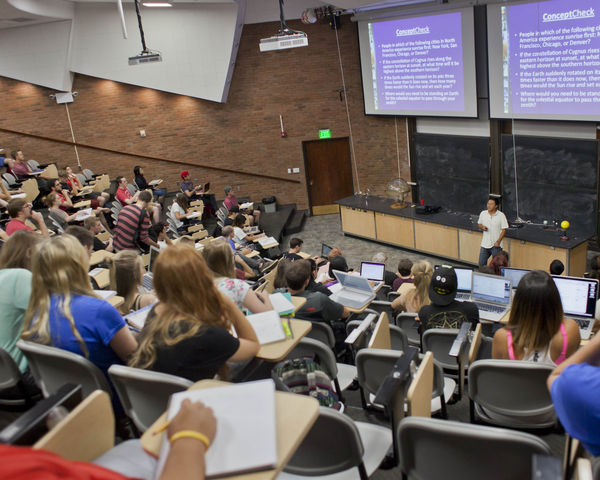
Zheng Zheng, associate professor of physics and astronomy, covers key concepts for his universe class | Chronicle archives.
October 3, 2020
The state of Utah needed to be more unified in its approach to reopening public schools. The only way to provide for social distancing, the proven method for keeping COVID-19 prevalence to a minimum, was to implement a unified, statewide hybrid or online learning plan. That didn’t happen.
In June 2020, Governor Gary Herbert gave the all-clear for students to return to school in the fall. The Utah State Board of Education called on schools in Utah to prepare their back-to-school plans for the 2020-2021 academic school year. Governor Herbert allowed each school district to formulate its own plan. This led to a conglomerate plan, differing district by district. Of the 41 school districts, some planned for only virtual learning, others for a hybrid model, but the majority opted for five days a week in the classroom. Now, barely into the school year, it is no surprise that COVID-19 outbreaks are popping up in schools across our state. We must ask ourselves, is this something that could have been prevented if we were all following the same hybrid learning plan which incorporated social distancing?
Teachers, parents and staff have been and continue to be frustrated with the response from our leaders. Due to the lack of a cohesive plan, protests around the state have erupted and pitted parents against teachers and teachers against school boards — on top of a general feeling of contention. This environment is not conducive to a positive learning setting. The lack of Personal Protective Equipment and the inability to practice proper social distancing due to overcrowding has left parents and teachers scrambling to plan for their own safety and that of their families.
The concern of many teachers and parents was not unfounded. In a recent study by the technology firm Insurify, Utah teachers were considered most at risk of any other state in the nation for contracting the virus from the school environment. This study was based on the fact that Utah is notorious for overcrowding their classrooms as a result of the state’s low per-pupil spending. In the study, these facts were seen as detrimental to providing sufficient PPE for teachers and staff. On Wednesday, Sept. 16th, Corner Canyon High School teacher Charri Jensen was admitted to the ICU due to COVID-19 which she contracted in the school. Additionally, 500 people from this school community are now under quarantine. By not having a state-wide plan for hybrid learning in place, Utah’s government leaders have jeopardized the larger community as overcrowded and underfunded public schools are now contributing to the rise of Utah’s COVID-19 positive rates. Now, Utah has reached record high COVID-19 daily infections.
In times of uncertainty, we as citizens expect our state leadership to step up and lead out. Initially, Governor Herbert took swift action to keep students and teachers safe by canceling in-person school. This style of decisive leadership has waned in the months following the closure. Governor Herbert has been more apt to listen to the loud voices protesting their individual liberties are being violated. Lacking a state-wide plan for school opening has jeopardized the safety of our teachers, students and communities. We call upon our state leaders to establish an emergency, state-wide hybrid learning plan that allows for proper social distancing. We recognize the difficult position of our leaders in planning for over 700,000 students, but this is what solid leadership is about — leading out and stepping up especially when vulnerable lives depend on it.
— Adam Peterson, Lexi Long and Brooke Lewis, University of Utah Students


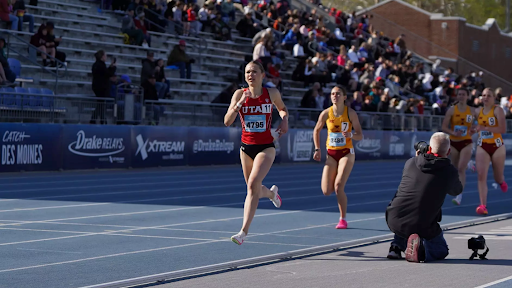
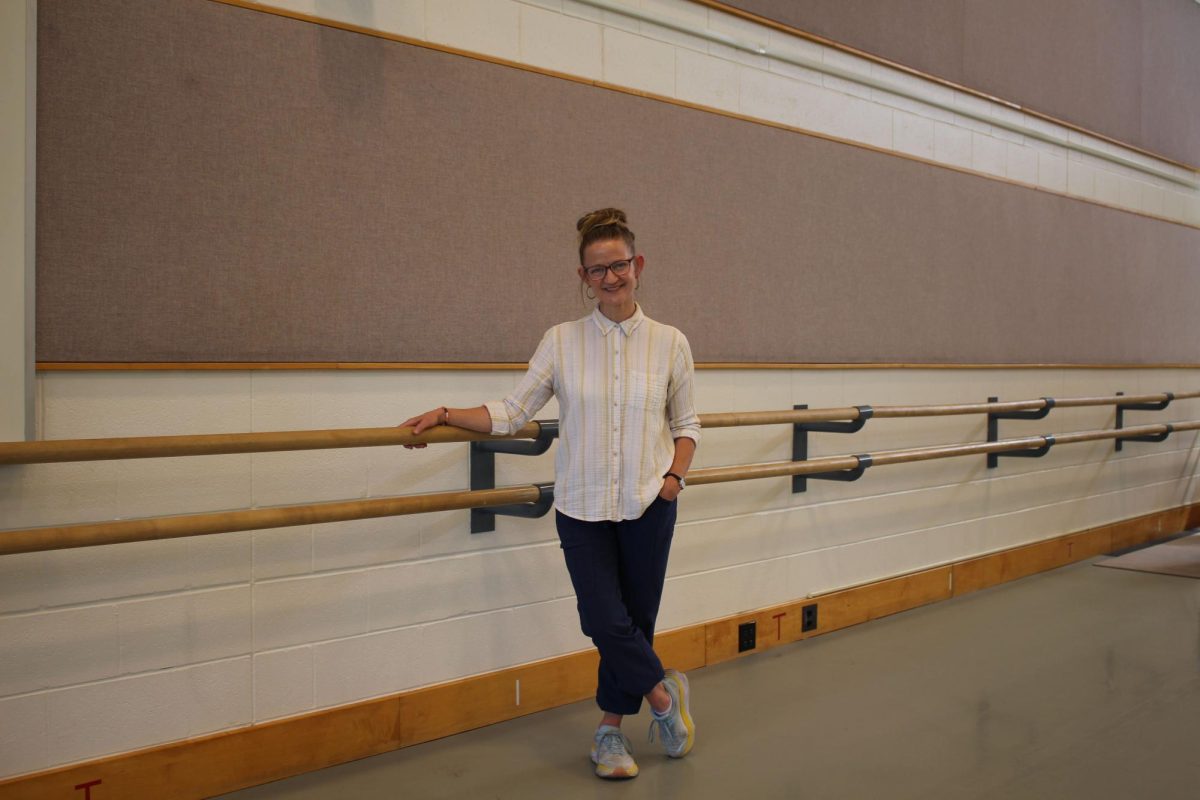

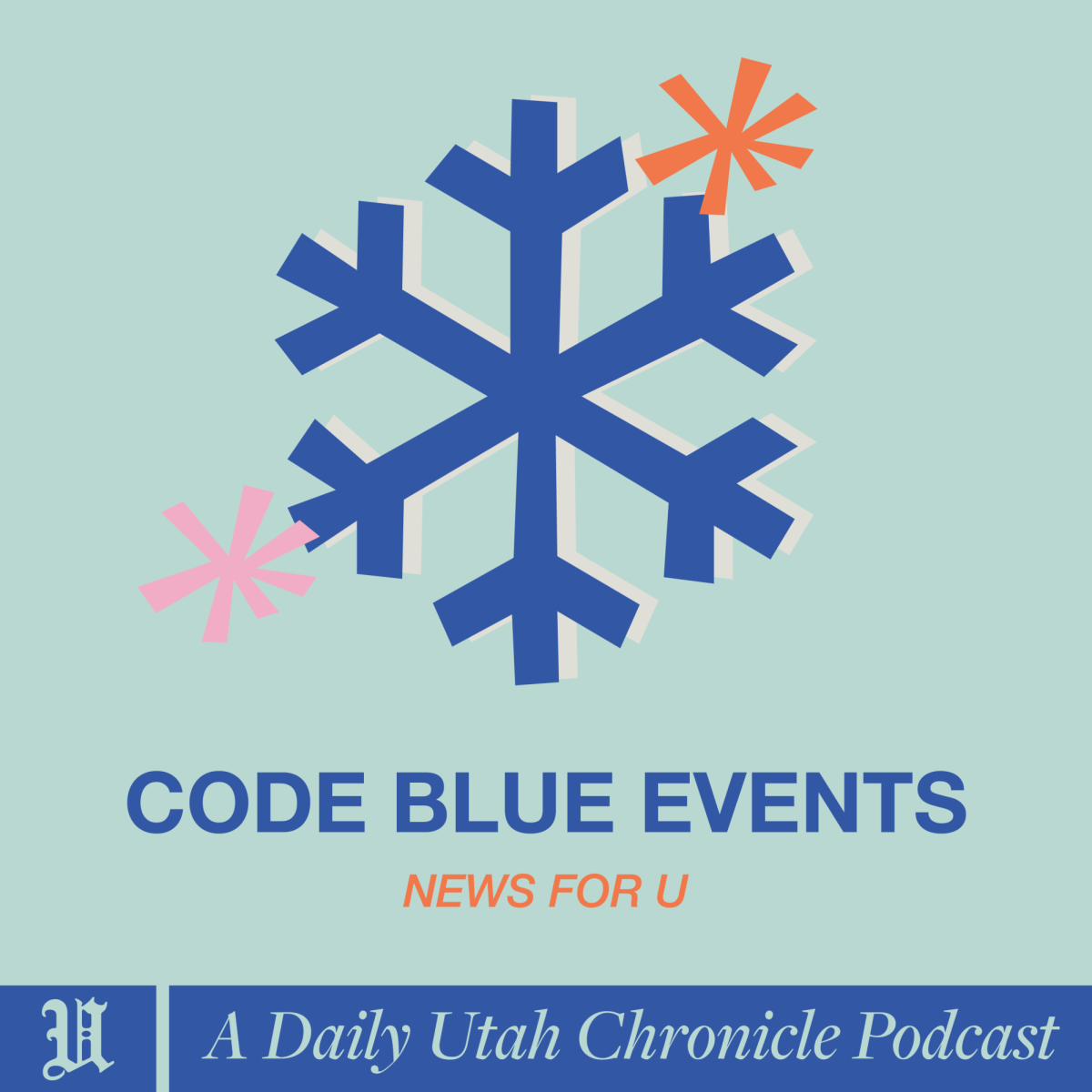
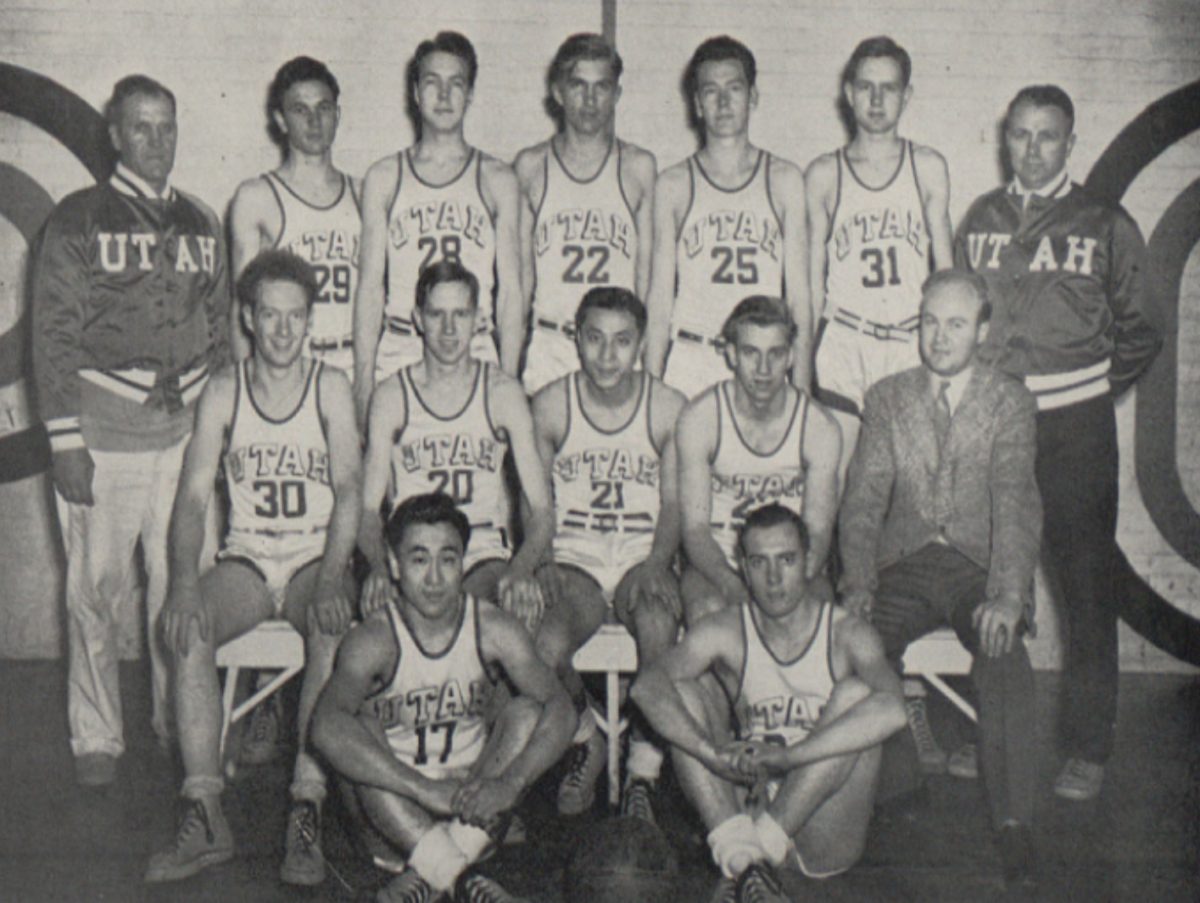


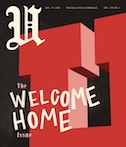

Weston • Oct 4, 2020 at 9:36 am
There are LOTS of holes in this argument that Utah “bungled” the return to schools:
– First, school boards are governed by their own authority. Only a school board can open/close a district. The Governor and the state office of education did provide guidance, along with health departments but each school board was tasked with creating their own plan. This is as it should be for many reasons but chiefly that Rich County School District is far different than Alpine School District.
– Second, most districts are in fact fairly unified in following CDC, state, and local health department guidelines. With only a little bit of variation in terms of how to carry things out, most have adopted the same approach and overall protocols (distancing, masks, sanitation, etc.)
– Third, it’s correct there is little surprise that there are outbreaks as school has returned. However, a careful study (and really only contact tracers know this due to HIPAA laws), the vast majority of the infections are taking place AFTER school hours – completely independent of school hours. Notice I said majority and not all. Kids are social creatures and have longed to be together since March 13. Parents are also worrisome and want to give their kids a “normal” experience which has led to lots of independent efforts to help their kids out with homemade homecoming and other rights of passage that are independent of schools.
– Fourth, do some research on the Insurify study. Where did it come from? What is coming from a position of authority? Did it factor in things are unique to Utah and other states and weigh them appropriately? I’ll save you some time. It came from an automobile insurance company (tell me what they know about public education?). It ranked the state they are incorporated in as the most safe state in the Union (that’s not a questionable result). And it based a lot of it’s findings on class sizes and per pupil expenditure (yeah, Utah is always last in those categories but usually ranks quite high on performance). Insurify is not a credible source by any stretch.
– Finally, leadership during COVID-19 is not perfect. But this is all new territory. We’ve seen 50 examples of leadership across the US – some have done well, some have not. Herbert’s administration has done well overall. And you are correct, this has been a challenging time the likes of which this country has not seen in a while. But we do know a lot more about the Virus since March and decisions today are much sharper and backed by science. You carefully omitted the CDC recommendations that children need to be in school, and you also carefully left out that only high schools have had outbreaks. Only one elementary school class across the entire state has gone into quarantine since school started. I think it’s important to include a little more of the “why” and even some of the facts.